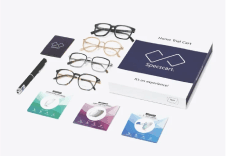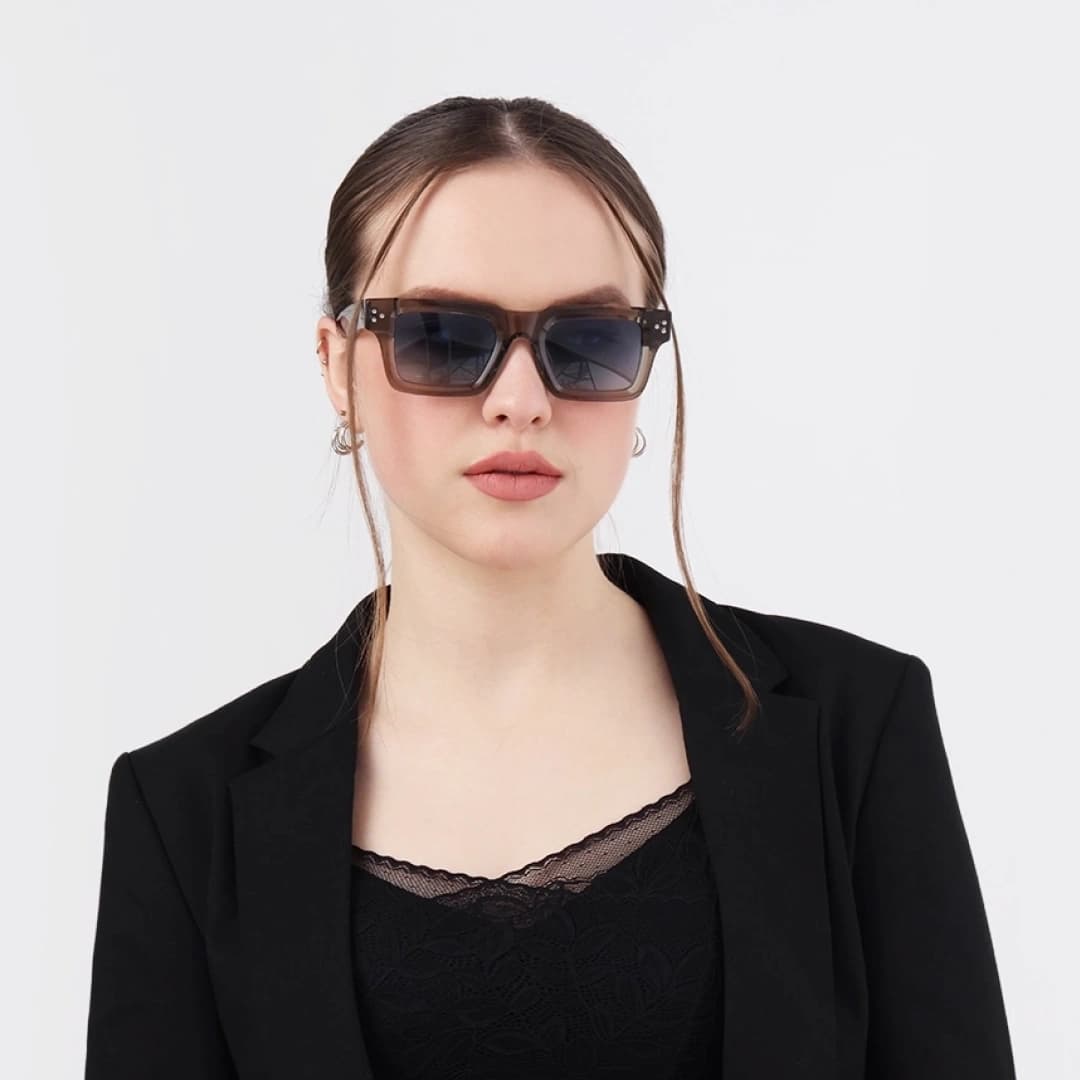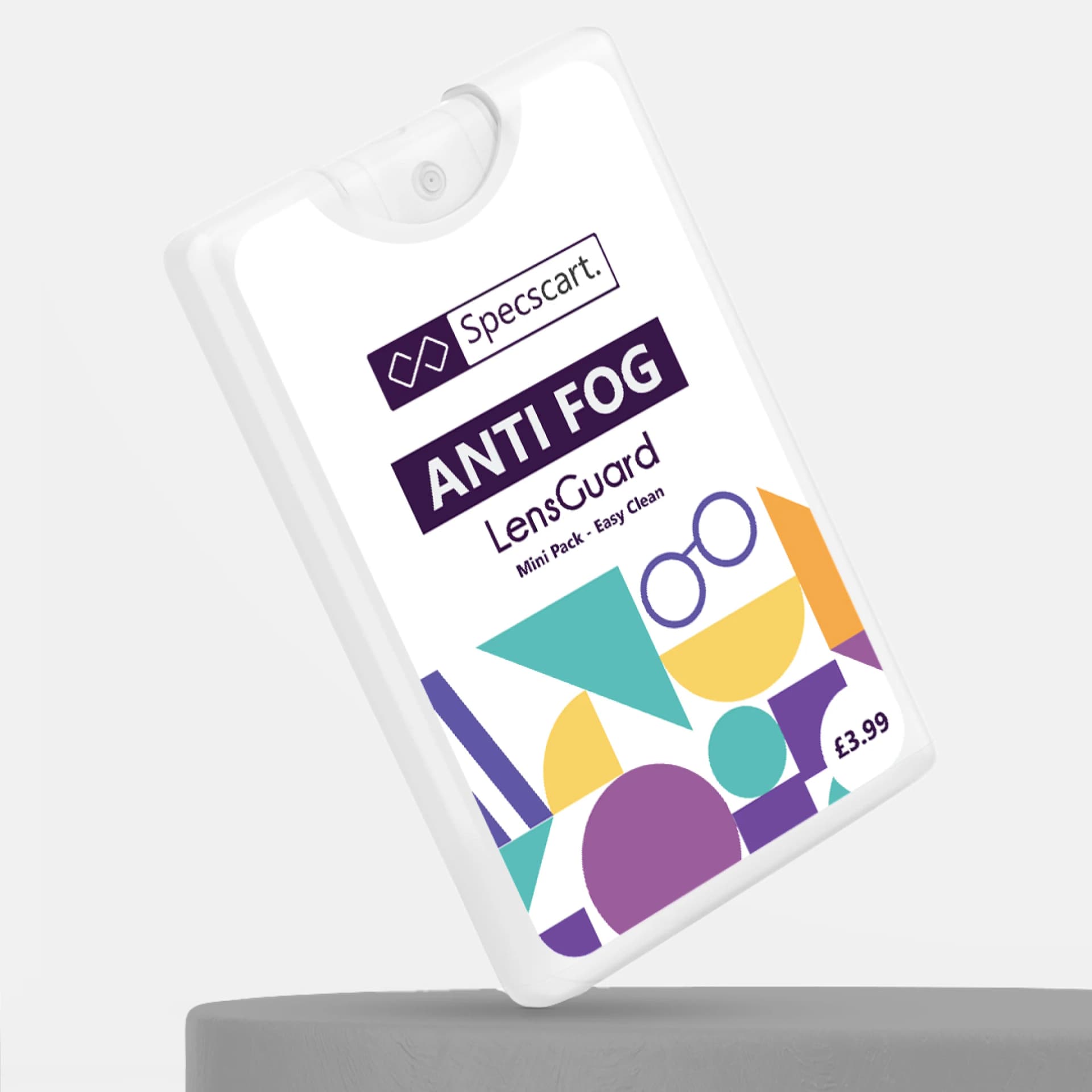Everything You Need to Know About Different Types of Lenses

Content Manager
The eyeglasses you wear might not seem complex, but they have more to them than you can think of. Imagine visiting an eyewear store and coming across various terms like types of lenses, coatings and maybe tints. And, you might feel that you should just get the basic prescription lenses. Yes, the normal prescription lenses you wear do the job, but do you know how different lenses can improve your vision and clarity? From fashion to comfort, there is so much more to explore in lenses and for that, we are here. In this blog, let’s explore different types of lenses and find the right one for you.
Types of Lenses
Here’s a comprehensive guide for people who have a hard time understanding the complexities and workings of a particular type of lens. You put so much effort into searching for the right frame that looks and fits you the best, so why refrain from doing some research before purchasing lenses?
Non-prescription
Plano lenses, popularly known as non-prescription lenses, have no power. They are used for various purposes, fashion and protection. One of the biggest examples is blue light glasses that protect your eyes from digital screens. Some people wear these for visual needs, whereas others like to add these to their outfits to enhance their personality and overall look.
Single vision
Now here comes the lenses that correct your single vision. As the name suggests, these lenses correct your vision for a single distance, which can be near or far depending on your prescription.
Bifocal lenses
Eyeglasses with two different optical strengths are known as bifocals. These lenses are frequently recommended to people who have presbyopia. While wearing these, you can view near and far objects clearly from the lower and upper parts of the lenses, respectively. There is a visible line that differentiates the different viewing zones.
Varifocal lenses

Varifocal lenses are also known as progressive lenses. They are worn by those who require multiple vision zones—near, intermediate, and distance—without any visible lines. The smooth, seamless transition between all three zones offers clear and comfortable vision support.
Know more about the difference between bifocals and varifocals here.
Lens Coatings
Coatings are added to lenses to enhance the comfort and durability of your eyeglasses. Here are some of the lens coatings you can consider as per your needs.
Necessary protective coatings
Certain coatings are a must-have for the modern lifestyle to ensure durability and comfort. These coatings, like anti-glare, anti-UV, anti-scratch and impact-resistant, can cost anywhere around £35 at an eyewear store. However, at Specscart, we give clear fully loaded lenses for free with every frame, which includes all these coatings. Anti-glare coating helps reduce the glare coming to the eyes from street lights and computer screens. Whereas, anti-UV coating protects your eyes from the harmful UVA and UVB rays of the sun. Anti-scratch and impact-resistant coatings keep your lenses from getting scratches and from shattering due to accidental falls.
Blue light glasses

With modern lifestyle and needs, most of us spend the majority of our time in front of digital screens like laptops, computers, and smartphones. The excessive use of digital devices hurts our eyes, and blue light glasses help in preventing the same. It filters out the harmful blue light coming from these devices.
Though the scientific community is still divided on the impact of blue light glasses, people have noticed better sleep, less eye fatigue and dry eyes. If you are also someone who spends a lot of time in front of a screen, then getting these lenses is a great choice.
Tinted eyeglasses
Tinted eyeglasses are a combination that merges fashion with functionality. People with light sensitivity, migraine and other concerns often get tinted lenses in various colours. For instance, yellow-tinted lenses are great for night driving, whereas brown, pink and amber are used for light sensitivity. These tint colours are fixed, but they look stylish.
TransitionsⓇ lenses
TransitionsⓇ lenses, also known as photochromic lenses, are perfect for people with high prescriptions. With these, you don’t have to constantly switch between sunglasses and glasses while moving between indoors and outdoors. They have a seamless transition speed, and they convert from clear lenses to tinted when UV rays fall on them and vice versa. You can choose between these two different types of TransitionsⓇ Lenses as per your choice:
Transitions Gen S: The newest generation of Transitions lenses is Gen S. It comes with a rapid transition speed and takes hardly 25 secs to convert to tinted and less than 2 minutes to become fully clear. They are great for everyday use and come in various colour options like Grey, Graphite Green, Amethyst, Amber, Sapphire, Emerald, Brown & Ruby.
Transitions XTRActive New Generation: The next option on our list is Transitions XTRActive New Generation, which comes with the fastest transition speed. They are best if you want your lenses to transition even inside a car while driving, no matter what the weather is. Unlike the other one, these are the best for driving and sports activities as they can react to the visible light from the sun as well.
High-index Lenses

With increasing prescriptions, the lenses tend to become thick. The thick lenses don’t look good, create a fishbowl effect and sometimes do not offer a perfect fit in frames. If you are someone with high prescription, then you can get high-index lenses.
Basic Lenses: Basic lenses come with standard index lenses ( 1.5). If the prescription gets higher, they appear thick and bulky. Prescription >+-3 diopters can use these lenses.
Thin Lenses: These lenses are 20% thinner than the basic ones and come with an index of 1.6. Prescriptions +- between 3 to 6 diopters should go for these lenses.
Ultra-Thin Lenses: Ultra-thin lenses come with a 1.67 index and are 30% thinner than the basic lenses. Any prescriptions +- between 6 to 8 diopters can opt for these.
Super Ultra-Thin Lenses: These lenses come with a 1.74 index and are 45% thinner than the basic lenses. They are perfect for prescriptions above 8 diopters.
Conclusion
Choosing the right lenses is extremely important because they not only correct your vision but also ensure maximum comfort. You can select the lenses as per your vision and prescription needs. In case you have any queries, you can get in touch with our friendly customer support team via chat, call or email.
Unlock a £10 gift voucher instantly when you follow us. Just hit us up over DM and we will reply back with an exclusive code.
Caution: You may become style obsessed
Your way finder
2000+ Trendy Styles

Fashion Forward Sunnies




















































